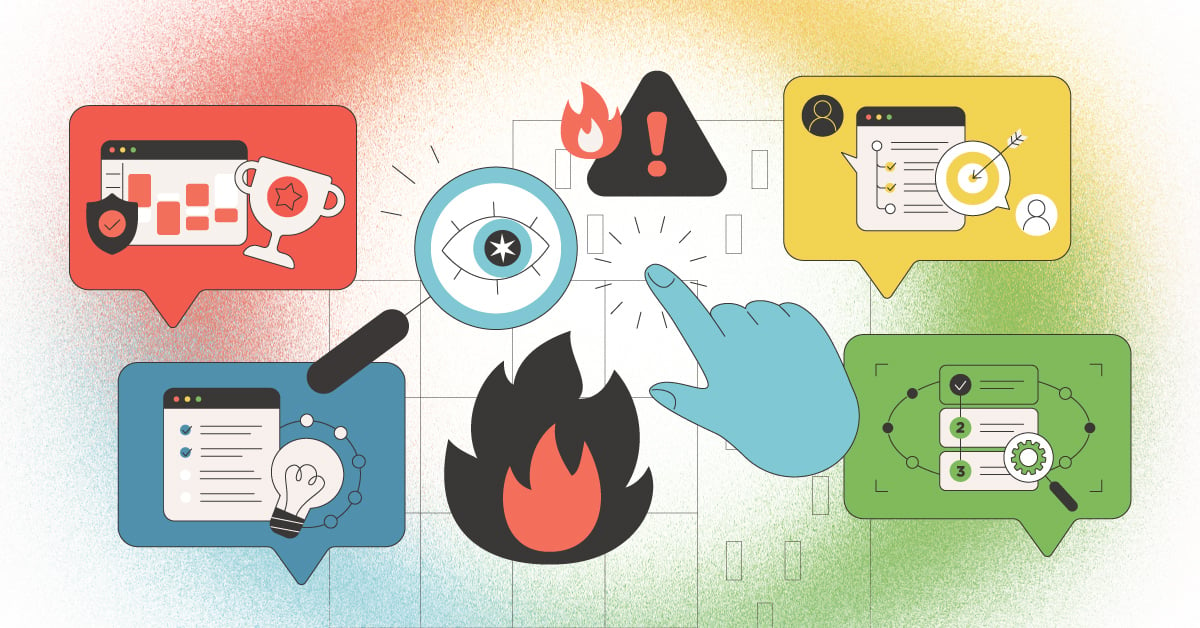
Have you ever sat back and observed different tables of people in a restaurant? Not only can it be priceless people watching, it can be a study in behavioral habits. Does a person at one table dominate the conversation, waving their arms using aggressive hand gestures, while another person sits stoically, listening and processing what the other person says? Do people at another table seem engulfed in a discussion that could border on an argument? What does it all mean?
To fully understand the dynamics in play, it’s important to first understand the different behavioral styles. The majority of people are on a lifelong search for one of the following things: results, interaction, stability or facts, and this search influences the way they behave the majority of the time. This is not to say that someone who is results driven doesn’t also value interaction or stability; it just means that, often times, people have one behavior style that tends to be a little more dominant than the others. Observing these styles in public can give you a pretty good idea about how specific people are wired and how they behave the way they do.
Real world experience in a restaurant
In a restaurant setting, it can be fairly easy to identify some of the behavioral styles in action. When first being greeted by the server, the interactive person will ask them their name, want to know a little something about them and find out how long they’ve been working there. They will create a connection with the server. They tend to talk fast with lots of hand gestures but always considers the person they are talking to, first and foremost. Though they’ll talk a lot and usually lead the conversation, they will be aware of keeping the other person in mind, avoiding any communication that might be considered too direct.
Results driven people are the doers. They communicate directly, are fast-paced and tend to be task-oriented. Before or after ordering their food, these people will likely be on their phone sending an email or text trying to maximize their productivity. Chances are, the text will be written with single words or bullet points rather than full sentences because results oriented people want things done now. They’ll likely know exactly what they want to eat when the server arrives at the table and will be anxious to place their order.
The stable person will be polite and relaxed, not in a hurry. They’ll let the server talk about menu items, daily specials and they’ll make some casual conversation. Not wanting to offend the server, the steady person may ask the server’s opinion on a dish even if they already know what they are going to order. Communication may open with phrases such as “if you don’t mind,” “if it’s not too much trouble,” or “I certainly hate to interrupt” with anyone at the table in an effort to soften the directness. The stability seekers do everything in their power to not rock the boat. They are slower paced than the first two groups, but like the interactive group, they focus on people. If this were a poker table instead of a restaurant, these would be the people to watch because they tend to keep their emotions in check and typically tend to show their poker face.
The facts based person is task-oriented and works at a slower pace, concerned with having the right information before proceeding. This person will be the one at the table to ask what ingredients are in every dish, side dish and sauce, and whether or not they can be substituted, replaced or omitted. They will question why a certain sauce is used with a certain entree and, chances are, they’ll be the last person at the table to order, taking their time to make their perfect choice. Because these direct communicators are less concerned with offending someone than with being wrong, they will ask questions until they feel comfortable that they have all the information they need to address a situation, even if it’s just ordering the right meal.
With these four personalities sitting at the table, the conversation will likely be interesting. The interactive person will clearly lead the conversation, but will do so politely and in an effort to win friends. The results and facts-based people will be more direct, and will be the most likely candidate to say something that might be considered offensive to either the interactive or stable person. During conversation the results person may discuss a big idea they have and the facts-based person will ask a lot of “why” questions to better understand the topic of conversation. The questions may become annoying to the results-oriented person who didn’t really want to have to explain themselves in such detail.
The steady communicator will put others first and remember their manners, doing their best to listen and understand the other points of view at the table. The results-driven person will be the first person looking at their watch, wondering when the food is going to finally be delivered. Patience is not a virtue for the results-driven person. The interactive person will have to fight the urge to dominate the conversation. By now, the facts-based person has likely calculated the caloric content of their meal about to arrive.
Mannerisms
The body language of results-driven people is easy to spot: standing with hand in pocket, leaning forward, walking fast and talking with lots of over-emphasized hand gestures. They want the information now and want to hear it right the first time. The interactive person tends to shift their weight a lot and their hands are everywhere in a conversation. When walking, this person is most likely to bump into someone or something because they are too busy looking at all the people around them. When conversing, expect a lot of big gestures and facial expressions from these gregarious folks.
For the steady person, body language cues include leaning back with a hand in the pocket, walking at a relaxed, steady pace and the occasional hand gesture while conversing. Body language cues for the facts-driven person includes standing with their arms folded with one hand on their chin as they process information. They walk in a precise straight line and have little to no hand gestures when communicating, instead preferring to remain very reserved as they absorb the information around them.
Conflicts between opposing behavioral styles
The person who likes to discuss big picture concepts can become easily annoyed by the person (usually the fact seeker) who asks a lot of follow up questions, wanting a more detailed explanation of why something is the way it is. Fact seekers will ask a lot of questions and will feel tension unless the questions are answered fully to their satisfaction. Likewise, the slow and steady person may be put off (and vice versa) by the results driven person based on their pace. The results person wants answers right now, and the steady person gets around to the punchline when it feels right. Each person’s pace can create uneasiness for the other.
Two interactive people at the same table will compete for supremacy when it comes to conversation. Like two dogs competing for alpha dog status, the other people present, including the server, will have a hard time getting a word in edgewise.
The person who is high in steadiness will likely get along with someone who is interactive because they both value and respect people. And it creates a complementary relationship as the interactive person loves to talk while the steady person is completely happy throwing in a thought when the mood strikes.
The facts-based person will also likely get along well with the steady person. Asking a lot of questions does not bother the steady person; they are hard to phase. The facts-based person will communicate directly, while the steady person will tend to soften the conversation with statements that make the communication less direct. Chances are, these two will also be complementary, like the interactive and steady people.
Conclusion
People are different and they act differently. Understanding the various behavioral styles will help you have a deeper knowledge of how you can best interact with someone who tends to be very dominant in one of these categories. Identifying the style is more than half the battle; being able to respond to a certain behavioral style is the easy part. And you’ll look so brilliant (and be more likely to get your way) when you can play to their preferences by communicating in a manner that puts them in their comfort zone.



![Don’t Let Your Behavioral Style Haunt You [Infographic]](https://blog.ttisi.com/hubfs/Halloween-Infographic_DontLetYourBehavioralStyleHauntYou_Email_Header.png)
